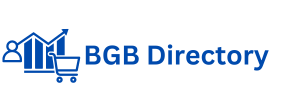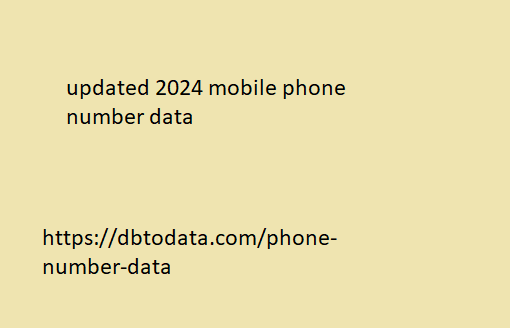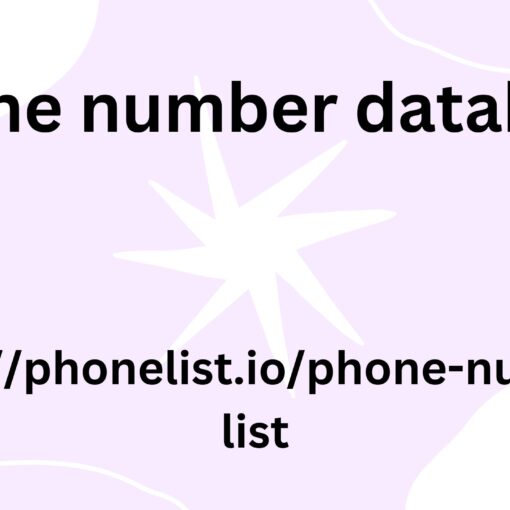The worst mistake you can make with marketing automation is to operate in isolation from other departments. After all, marketing is a function designed to support sales, products, and other areas of the business.
Therefore, it is essential that marketing department employees involve all stakeholders in the work and build work processes so that they are always consistent with other departments.
This is especially important for marketing and sales departments, which work hand in hand to convert regular leads first into MQLs (marketing qualified leads), then into SQLs (sales qualified leads), and finally into customers.
Have you ever thought about what processes could benefit your sales team? For example, you could automatically send an email from a sales representative after a lead has expressed interest in a particular product.
Of course, to correctly identify the lead’s behavior, it is necessary to work together with the sales department.
Marketing automation software frees sales reps from repetitive tasks and allows them to focus on converting leads.
You don’t train your team
According to the survey, 31% of B2B professionals believe that the most significant barrier to using marketing automation tools is lack of training. This is the most popular answer after lack of resources.
Automation tools are powerful, but they are of no use if employees don’t know how to use them.
Conducting training will ensure that key stakeholders are aware of your tool’s capabilities, are familiar with current workflows, and understand the processes for creating new ones.
Here are the basic guidelines for staff training.
- Tailor training to your team’s needs. After all, information overload is a real thing. To ensure that training is productive, only teach employees the knowledge they will need in practice.
- Invite representatives from the tool vendor to participate. No one knows the software better than its creators. Contact the service europe cell phone number list provider and find out if they offer training.
- Conduct a multi-stage training process. One lesson is likely not enough to improve skills. Be sure to conduct several lessons, using a combination of different teaching strategies to increase the effectiveness of the training.
Set it and forget it
While marketing automation tools tend to be a set-it-and-forget-it approach, the reality isn’t always that simple.
You are freed from routine, but you lack of coordination between marketing and sales departments cannot rely entirely on the software. Be sure to engage in performance evaluation and optimization.
You only use one type of automation
After implementing marketing automation tools, many professionals become familiar with and focus only on one set of tools. They never move beyond what they already use.
By doing so, you are missing out on opportunities to improve your brand. Use all the software features to achieve maximum effectiveness.
You probably have a lot of small tasks to do throughout your workday that, individually, don’t seem like much of a hassle. However, when you by lists add up all the time you spend posting on social media, updating contact information, and other tasks, you’ll find that a significant portion of your workday is spent on things that could probably be automated.
For example, you can bulk update contact information for leads instead of editing each record individually.
The more processes you automate, the more time you will have to develop a content strategy, lead generation, and other pressing tasks.
Here are just a few of the marketing automation techniques you can use:
- chatbots;
- task management;
- lead scoring;
- lead nurturing;
- automation of work with contracts and proposals;
- lead rotation;
- drip campaigns.





